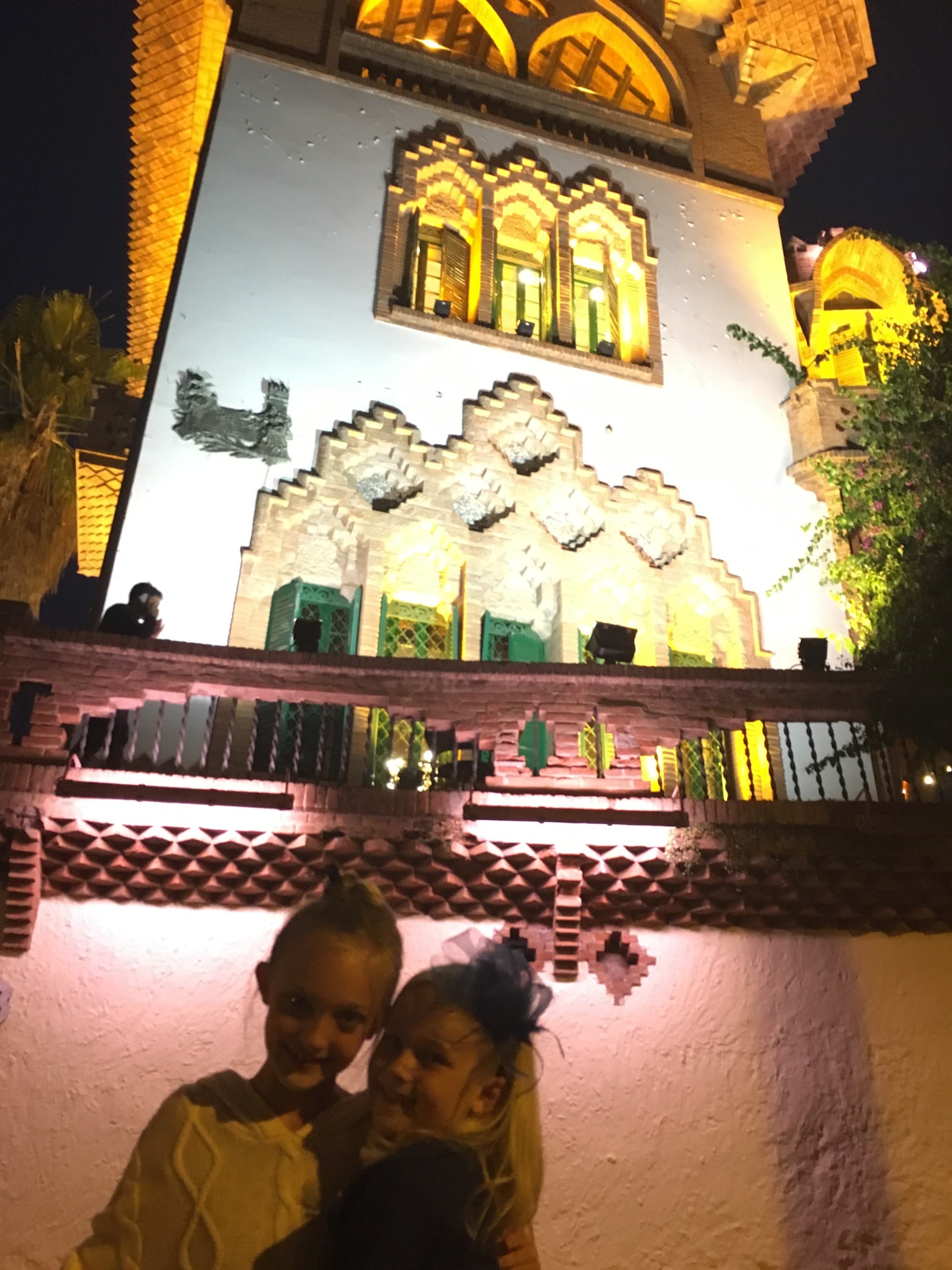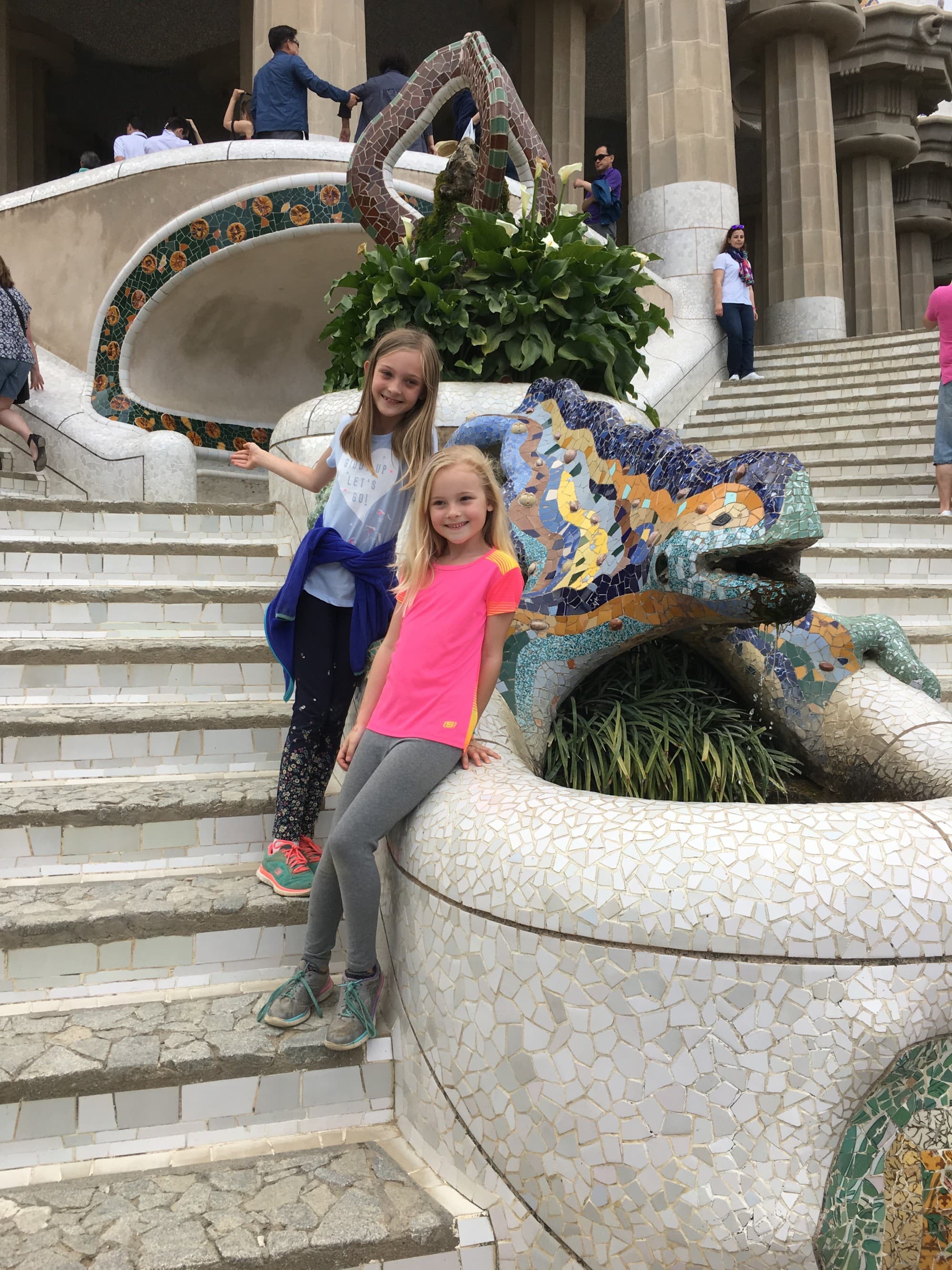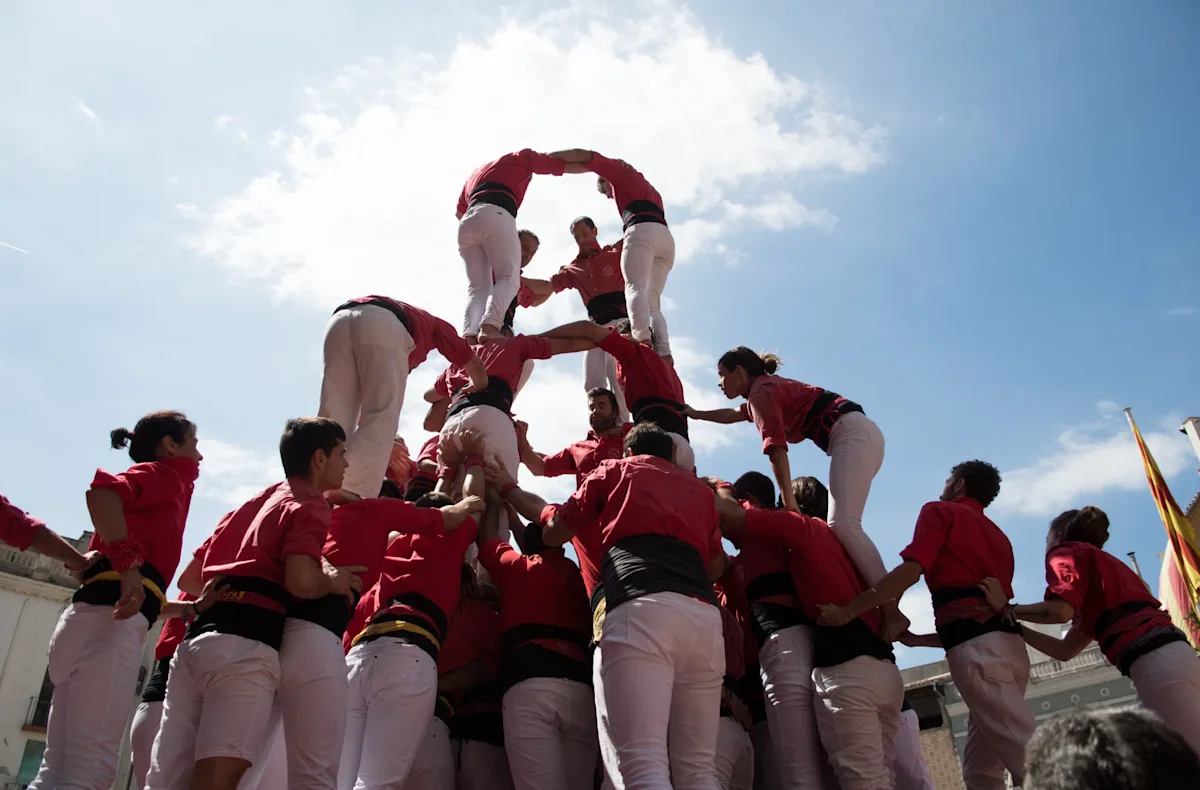
Curator’s statement
Barcelona is a traveler's dream. From solo travelers to families, couples, you name it! There is something for everyone. It is easy to walk around the central areas; you'll never run out of amazing food. It's also very affordable compared to cities like Paris and London. The architecture is outstanding; the beaches are clean and due to the infrastructure built for the Olympics, it is easy to get around. Here are my top Barcelona travel tips!
The Fora Difference
Book with Jill to access exclusive perks and experiences on your trip.
Killer perks
Free upgrades, spa credits and more—we got you
Personalized recs
Customized travel planning for your style
Insider knowledge
Expert advice from people who’ve actually been there
Where to stay
Unlock perks by contacting Jill to book your trip.
Barcelona Travel Tips:
Barcelona is an amazing city full of culture. Catalonia, which includes Barcelona, is a region that differs from some other parts of Spain. They have their own sub-culture, their own flag and even their own language, Catalan. Though, most also understand Castellano (Spanish) and English.
I lived there for two years and have many Barcelona travel tips to share.




Restaurants:
Keep in mind that those in Spain typically eat a long lunch later in the day. So, if you see people eating at four or five o'clock in the evening, they are likely just finishing LUNCH. It’s fun once you get used to it! Do your sightseeing in the morning, then sit down at 2:00 pm and enjoy lunch outdoors somewhere (like the beach!). Dinner can be small and late, as many places don't even open until eight or nine in the evening. In the tourist areas, however, things are open earlier.
Bar Canete: famous for typical Catalan food.
Cerveseria Catalana: be sure to get there early as there is usually a wait
El Nacional: a beautiful and open space that was once a factory and parking garage with several restaurants to choose from
La Pepita: casual and small in a great area
Carlitos: less touristy, in a local neighborhood with standardly great food native to the region
La Cuina d’en Garriga (near Casa Batlló)
Funky Bakers: a café in El Born
Asador de Aranda: upscale, yes, but fine for families - best known for their suckling pig and being located in an especially beautiful old mansion with top-notch views
Bar del Pla: get the chicken croquettas and torrijas for dessert - near the Picasso museum
Patisserie Hofmann: amazing croissants in El Born
Any of the restaurants on the lower level under the W hotel on the beach.
Martinez: on Mt. Juic with GREAT food and views - a wonderful spot for lunch
Hotel Rooftop bars: there are many - Hotel 1898 (listed above) is a particular favorite
If you are in Barcelona in early spring, find a place serving Calcots. These are a big tradition and consist of long onions that you dip in a sauce. Some people make an entire day out of the Calcot meal.
Sights:
The Gothic: this is the real “old” town. It’s nice to see it with a guide because of the tiny and crooked passageways that can be difficult to navigate. It's all worth it, though! There is so much history here. Note, there are no cars in most of the area, so a taxi will drop you on the border. There are many, many shops in this area as well.
El Born: this barrio is adjacent to the Gothic and full of various local artisans with one-of-a-kind clothing, shoes and leather goods.
Casa Batlló: one of the Gaudi designs with an interactive digital experience. Next door is the famous chocolatier Casa Amatller. Stop by for a cup of very thick chocolate with bread. On the same block are several buildings from the modernist era; known as the block of Discord. Be sure to look for the phone or record player on the Casa Lleo Morera, as they are perfect examples of the modernist era.

La Pedrera, AKA Casa Mila: another Gaudi work - the audio guide is very interesting!
Sagrada Familia: a must. It will be more interesting than any other cathedral or church you visit in Europe. Trek up to one of the towers if you wish, but note that it's a long walk down. A tour or audio guide is very helpful, too. Be sure not to miss the museum beneath the church, which will explain the thinking and process behind the church, and showcases how the it will be finished.
Parc Guell: Gaudi-designed outdoor spaces with many colorful mosaics and nature-inspired architecture. His naturalist phase shines here. There is even a terrace surrounded by a bench in the form of a sea serpent, amid so much more. Walk along the viaducts and explore. This is a great place for kids to run around, too.
MUHBA: this is the History Museum of Barcelona and includes the underground remains of the Roman City of Barcino with walkways to explore. El Born also has the remains of the old city housed in a former market hall.
Picasso Museum: this museum primarily showcases his early works - not what you typically think of when you hear Picasso. It's a small yet gorgeous space with very interesting art (there are many art museums to visit, but this one is special).
Plaza Reial: this place is a treat in the evening. It's a square in the Gothic with cafés, street vendors and the most beautiful architecture making it lovely for adults and children alike.
Hop on Hop Off: if you don't want to walk much, the hop-on hop off bus is a thorough tour of the main attractions.
FC Barcelona Football: take a tour or see a game!
La Boqueria: a very large and beautiful local market on La Rambla, a main street in the Gothic. Take a stroll to see the local flavors. Every barrio (neighborhood) also has their own local market, so pop in if you see one.
Festivals: be sure to check for any local festivals going on while you are in Barcelona. They will give you a real taste of the local culture and you can likely find things year-round.
Castellers: this is a very unique activity, where people build human towers standing up. It's a fascinating tradition, try to catch teams practicing or competing.

Pro-tip: get tickets ahead of time for all sites, especially during the summer.
Shopping:
David Valls in El Born
Elena Estaun in Turo park: VERY unique jewelry. Similar to Gaudi in that a lot of her designs have a nature or animalistic theme.
El Born has many unique stores that are less touristy.
Passeig de Gracia: a lovely boulevard with many luxury shops.
Toni Pons: known for Spanish espadrilles that are very stylish.
Beaches:
Platja de la Barceloneta is the main beach area. There is a boardwalk where you can rent electric skateboards or bikes. There are also many Chiringuitos on the beach, which are lovely restaurants right on the sand, great for lunch.
Sitges offers LGBTQ-friendly beaches that are a short day trip from central Barcelona.
Local Food & Drink:
Food Lovers Company, with Nuria: select a private or small group tour and spend up to four hours going to specific places for their specialty food or drink. You get a little history along the way (and, they're a local company!)
Cook and Taste: a cooking school in the Gothic that has super fun classes to learn local dishes.
Jamon!: this is a must if you eat meat. Cinqo Jotas is a common brand, though almost every restaurant will have some type of jamon on the menu. You will get very thin, bite-sized slices of dried cured ham. The best tier, in my opinion is "Iberico". It's worth it to splurge a little here. Within the Iberico level, there are three types: the best is Jamon Iberico de Bellota. You will notice entire pig legs with the hooves on in markets (fun fact: In the USA, in order to import this meat, the hooves must be removed).
Pan con tomate: this is a traditional appetizer. Every restaurant makes it a little differently, but the concept is toasted, light airy bread, olive oil, rubbed garlic, rubbed tomato and salt. Try it everywhere you go to find your favorite.
For adults, the most popular drinks are Gin Tonic (not "Gin and Tonic") and Vermut. Gin Tonics come in a large fishbowl type of wine glass with different kinds of herbs and garnishes. The Vernut is not the Vermouth of martinis. Instead, it's a smooth drink that you can have on ice or with a soda water. Many bars have a bottle of soda water you can spray in your drink as you see fit.
Something that is not so Catalan is Sangria, though you will find it on menus at more touristy places. Wine is sometimes served from a glass called Porron (a small vase with a spout). The goal is to stretch your arm up straight and pour the wine into your mouth without spilling (it takes practice!).
Some other specialties worth trying:
Anchoas
Croquetas
Canelones
Huevos Estrellados: broken eggs over potatoes of varying types. Sometimes served with ham.
Spanish Tortilla: This is not a tortilla as we know it. It's more like a frittata, usually containing potatoes, onions and eggs. Many Spaniards have a frying pan used ONLY for Tortilla.
Getting Around:
The airport is not far from central Barcelona. You will find taxis very efficient, but definitely note that they usually can only hold up to four people. If your group is five or more, just grab two; they're rather affordable! Private transport can also be arranged for larger families. However, the best way to see the sites? Walking! Though, Sagrada Familia and Parc Guell are not in the main tourist areas, so a short taxi ride is the way to go for the specific attractions. Keep in mind the sidewalks and old streets can be uneven, so sturdy shoes are a must. If you have little ones in a stroller, consider something other than an umbrella stroller (I prefer either an Ergo or the Bob for the suspension).
The best Barcelona travel tip is to just walk the streets and take in the culture. The architecture is varied and beautiful, and you can learn so much just by strolling through different areas.
Need to know
This trip report is part of our ongoing series on travel to Barcelona. In need of further inspiration? Check out Emily Brown’s guide, Essential Travel Tips for Europe.

Travel Advisor
Jill Keagy

Get in touch with Jill
Did you like this guide? Reach out to customize and book your own experience. Or, just to chat about travel in general.
You can expect a response from Jill within 1–2 business days. You’ll also be subscribed to our traveler newsletter (you can unsubscribe at any time).